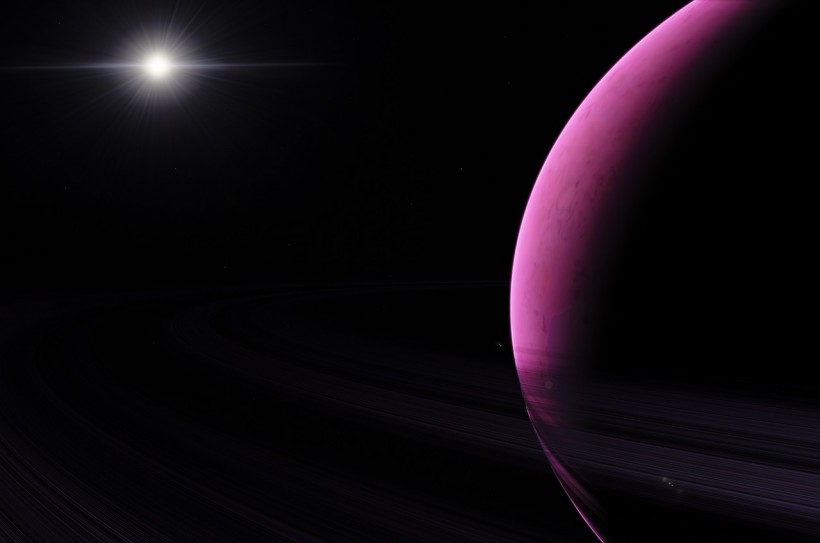As the number of confirmed exoplanets increases, astronomers must focus on specific targets to search for signs of life. Anna Shapiro and her team at the Max Planck Institute for Solar System Research in Germany have narrowed down options for studying planets that may host life.
The researchers showed that a star's metallicity is linked to its planets' capacity to generate an ozone layer that protects them against harmful UV radiation emitted by the star, Newswise reported. This discovery has significant implications for astronomers searching for habitable star systems with space telescopes. Moreover, the study indicates a surprising result: as the universe ages, newly formed planets become increasingly inhospitable for complex life to emerge.

Planets Orbiting Metal-poor Stars More Likely to Host Life As They Are More Protected From Harmful UV Radiation
Not All Stars Are Created Equal
Stars vary in size, temperature, and brightness, and their chemical composition can differ significantly. At the universe's beginning, there were few heavy elements, with hydrogen and helium being the most abundant. The first stars were formed from these essential elements, with their cores acting as engines that fused atoms to create heavier atoms.
When these stars exploded, they released even heavier elements into space. These elements were taken up by clouds of interstellar dust and gas and used to form new stars.
Science Alert reported that a star's proportion of heavier elements affects its radiation output. Stars with a higher metallicity, or greater proportion of elements heavier than hydrogen and helium, emit less ultraviolet radiation than stars with less metallicity.
Ultraviolet radiation is harmful to life on Earth, and it can cause DNA damage in land-dwelling organisms. The impact of UV radiation on the potential habitability of other planets has not been thoroughly explored. Shapiro and her team at the Max Planck Institute for Solar System Research investigated this using Earth as a model.
READ ALSO: We Are Lucky To Have a Livable Planet, Study Calculation Shows
Metal-Rich Stars Less Suitable for Evolution of Life in Planets Surrounding Them
The researchers modeled the atmospheres of Earth-like exoplanets hosted by stars with near-solar temperatures and a range of metallicities.
They reported in their study, titled "Metal-rich Stars Are Less Suitable for the Evolution of Life on Their Planets," published in the journal Nature, that although metal-rich stars emit less ultraviolet radiation than metal-poor stars, the surface of planets orbiting metal-rich stars is exposed to more intense ultraviolet light.
This has implications for the potential habitability of exoplanets and suggests that we must be more selective in choosing targets to search for signs of life.
As per Sci-News, stars with a lower metal content emit more UV radiation than those with higher metal content. However, the ratio between UV-C radiation and UV-B radiation is determined by the metallicity of the star. In metal-poor stars, UV-C radiation is more prevalent, creating a dense ozone layer.
On the other hand, metal-rich stars emit mostly UV-B radiation, which results in a much thinner protective ozone layer. This is unexpected because it was previously thought that metal-rich stars would be more conducive to the development of life. However, it turns out that metal-poor stars, with their greater amount of ozone-generating UV-C radiation, provide a more favorable environment for the emergence of life.
RELATED ARTICLE: Stellar Flares Affect the Habitability of Exoplanets
Check out more news and information on Exoplanets on Science Times.














